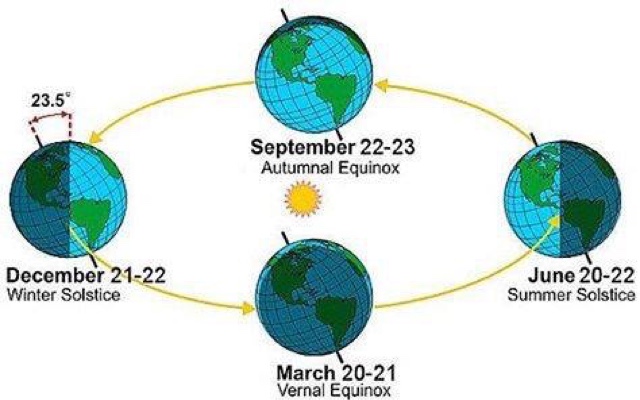"TWO-HANDED CHOPPING AND CUTTING PARANGS"
Year published: 1926
Author's image description:
1. Heavy steel beheading "tabas." Curved and truncated like a scimitar; long curved double-handle grip wrapped with braided rattan and inlaid with lime. Moro, Malabang, Mindanao.
2. Heavy chopping blade "talibong," double sigmoid curve. Two-handed carved wooden handle hooped with brass bands. Moro, Mindanao.
3. Headsman's ax "talibong." Moro, western Mindanao.
4. Beheading sword and chopping blade "talibong." Heavy double-edged curved blade. Moro, Mindanao.
5. Heavy two-edged blade with sigmoid curve. Hexagonal wooden handle curved and wound with rattan splints. Moro, Mindanao.
6. Broad backed, deeply concave blade "pirah," Convexly curved cutting edge and long point. Elbow at base of blade near guard piece similar to the parang-latok of the Dyaks of Borneo; figured wood handle provided with symbolic recurved horns and median spike. Southern and Visayan Islands.
= = = = = = = = = =
Related text:
"The many types of Moro swords (generalized term "parang) and daggers are variants either of the wavy kris or of the Malay cutlass, variously known as the barong or parang, a lanceolate leaf-shape blade, short, single edged, and thick in section toward the back, resembling somewhat a bolo.
The older Malayan weapons, such as the parang-ihlang or kampilan, a long straight single-edged sword with recurved spikelet at the distal end of blade and with huge semicircular guard; the parang-latok; the talibong; and the curved beheading sword, with long recurved blade, wide at its truncated distal end and provided with long unornamented handle usually with double grip; a variety of daggers either curved, straight, or wavy, double-edged, and grooved along the median ridge, together with many different forms of the straight or wavy kris-dagger, are among the more well-known weapon types belonging to the Mohammedan Moro.
Handles are sometimes recurved and weighted to balance the length and weight of the cutting blade. Handles are of wood, horn, bone, ivory, silver, or other metal and may be beautifully ornamented with geometric or conventionalized animal or bird figure carvings. Braid of silver cord or of rattan alternate with inlaid silver repoussé work. In the same manner in which it is possible to trace all of the types of Moro weapons to elementary prototypes. it is similarly to trace all decorative design both on blade and handle to simple elementary patterns. As has already been indicated. Moro weapons are typical weapons of western Malaysia such as were first produced under endemic, and then under Hindu, and later under Arabic influence, but are today charcteristic not only of Malays adhering to the Mohammedan religion but of the pagan tribes of Malacca, Celebes, Borneo, and Java as well." (Krieger, 1926)
=Gabriela= - *Fb
































































No comments:
Post a Comment